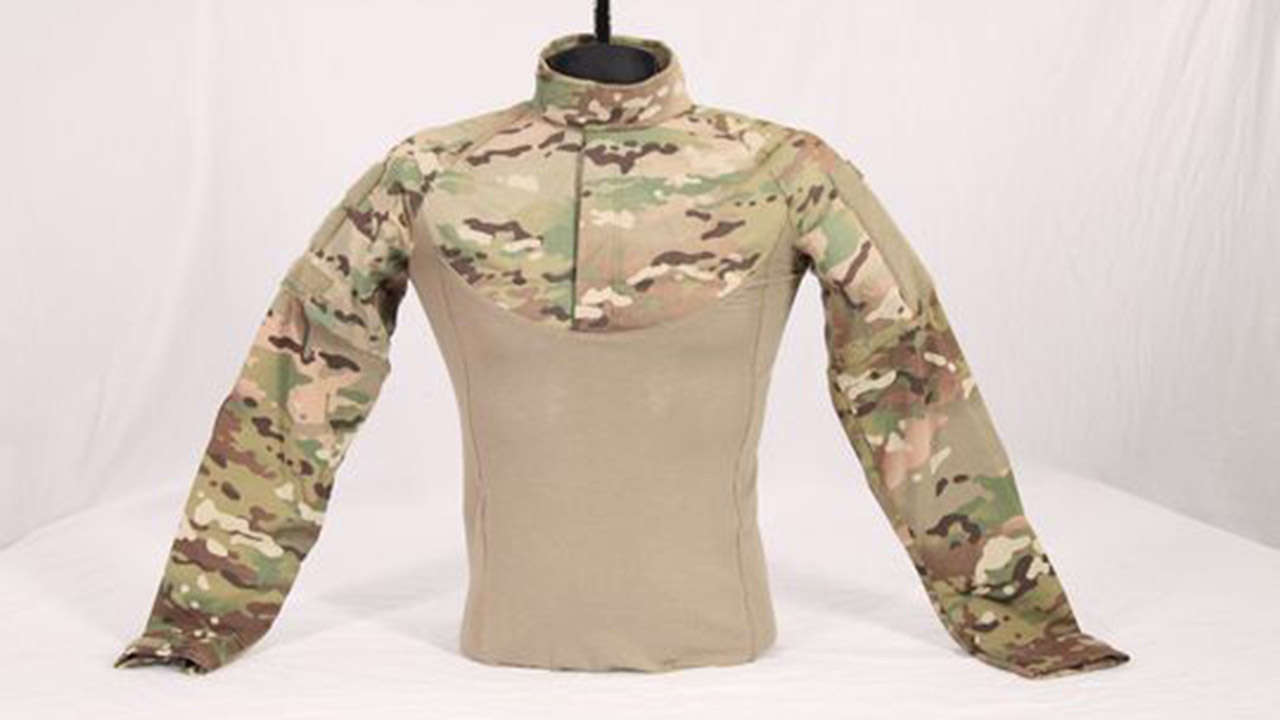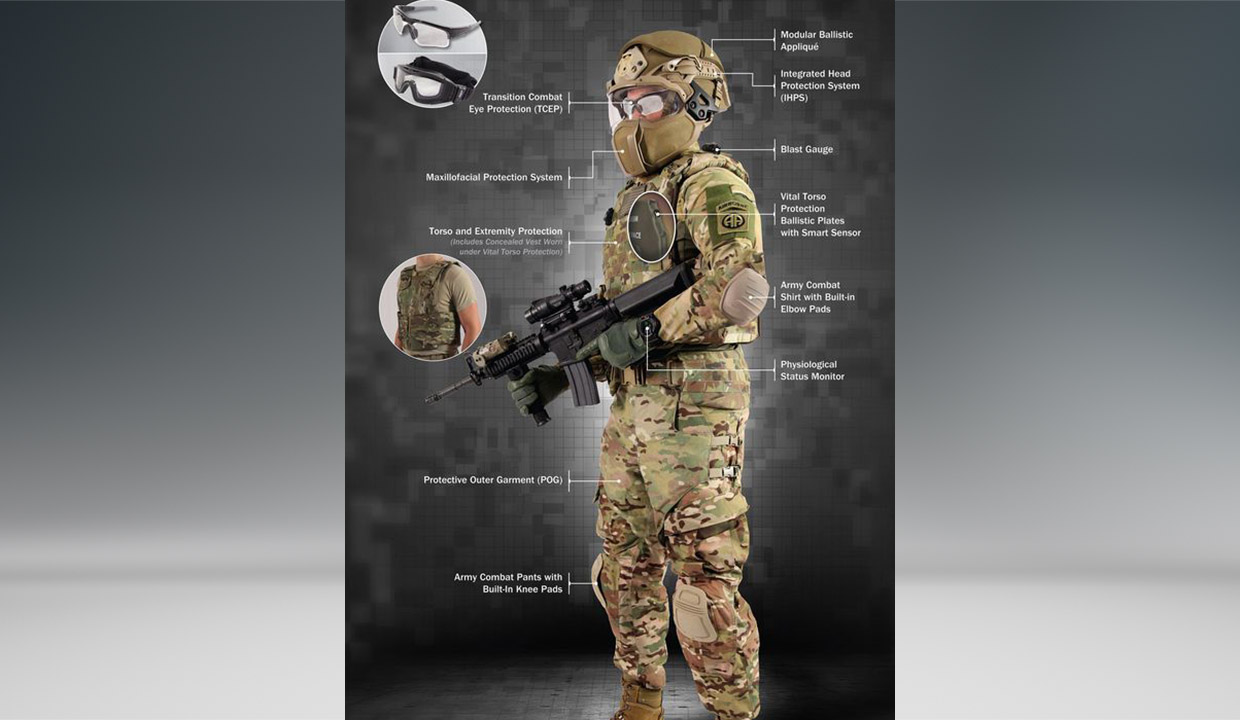In 2019 the Army expects to roll out a new, lighter body armor system. The armor will provide at least as much protection as today's system, but with more comfort, and greater flexibility to adjust based on the mission, Army officials said.
The Torso and Extremities Protection, or TEP, program cleared the engineering and development phases last summer, and will move into a few years of limited production and testing. During that time and beyond, technology advances may be integrated.
Already, improved ballistics materials have allowed the Army to cut the weight of TEP, when compared to the Army’s current heavy-duty option, the Improved Outer Tactical Vest. The IOTV, when loaded with heavy plates, weighs about 31 pounds, while a comparable TEP system checks in at about 23 pounds, or 26 percent lighter.
“That’s the main mantra of this program: to be the next generation of body armor at a lighter weight,” said Lt. Col. Kathy Brown, the program manager for Soldier Protection and Individual Equipment at Program Executive Office Soldier.
Brown said the Army pushed with industry to reduce weight while meeting future threats. In addition, the ability to add and subtract different elements and plate inserts in the vest, is a real "highlight," Brown said. .In addition to TEP, the Army is developing new body armor plates and a new head protection system.

Soldier feedback has already played a major role in development of TEP, Brown said. Trials by soldiers at three different installation, as well as by Marines and special operations units, provided design advice and feedback. Brown said that ultimately helped produce a system earning a 95 percent positive feedback.
“One great aspect of the Soldier Protection System is we really listened to the voice of the customer, the soldier,” Brown said. “Based on feedback from the soldier we were able to make design changes.”


